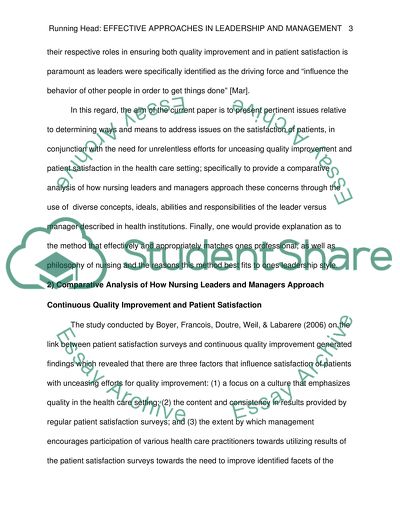Cite this document
(“Effective Approaches in Leadership and Management Assignment”, n.d.)
Effective Approaches in Leadership and Management Assignment. Retrieved from https://studentshare.org/nursing/1456140-effective-approaches-in-leadership-and-management
Effective Approaches in Leadership and Management Assignment. Retrieved from https://studentshare.org/nursing/1456140-effective-approaches-in-leadership-and-management
(Effective Approaches in Leadership and Management Assignment)
Effective Approaches in Leadership and Management Assignment. https://studentshare.org/nursing/1456140-effective-approaches-in-leadership-and-management.
Effective Approaches in Leadership and Management Assignment. https://studentshare.org/nursing/1456140-effective-approaches-in-leadership-and-management.
“Effective Approaches in Leadership and Management Assignment”, n.d. https://studentshare.org/nursing/1456140-effective-approaches-in-leadership-and-management.


